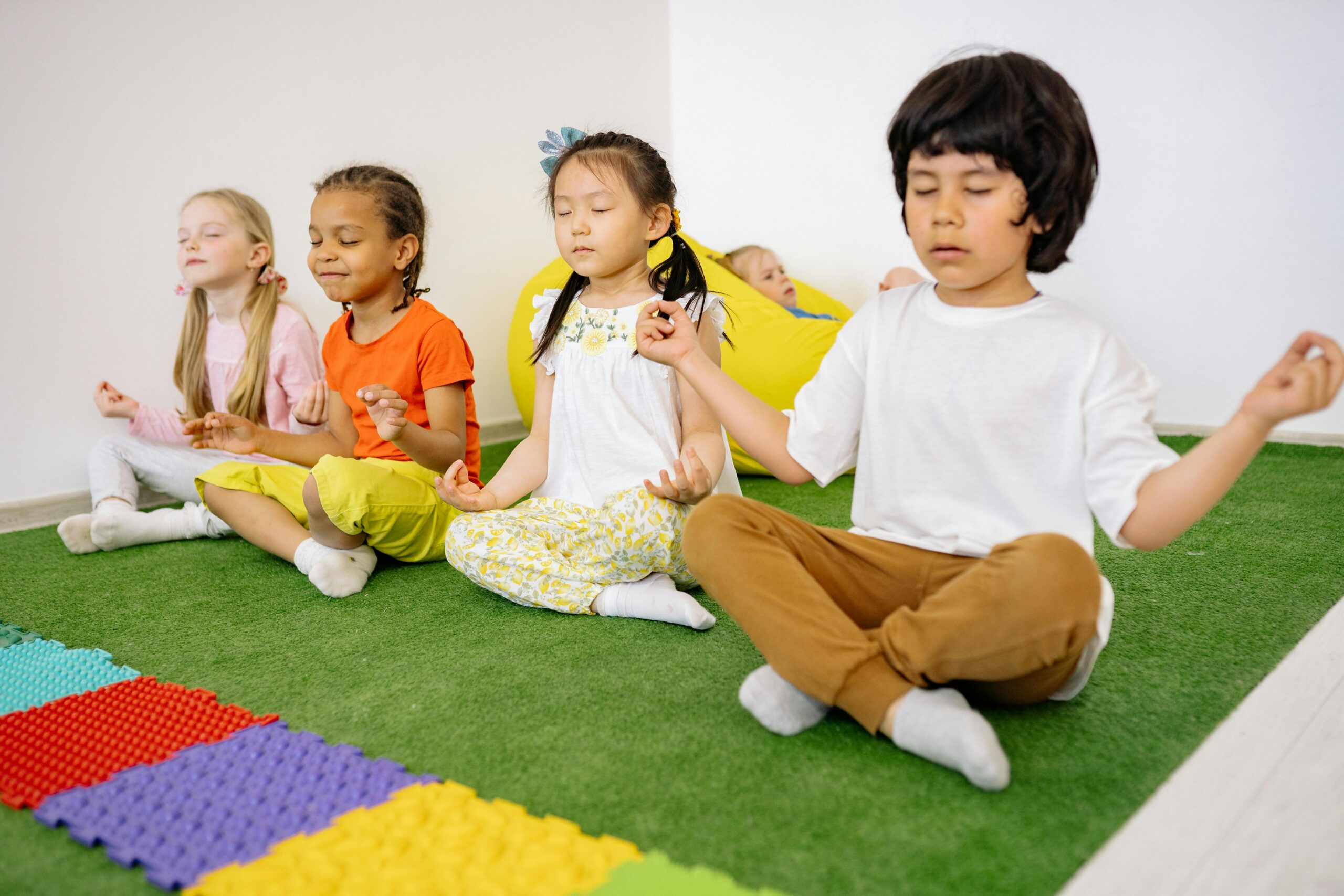Calm Activities for Kids | Mindful and Relaxing Play Ideas

Need to bring the energy down a notch? These calm activities for kids are designed to promote mindfulness, emotional regulation, and peaceful engagement, especially after high-energy play or during quiet time.
Why Calm Activities Matter
In today’s overstimulating world, calm and quiet activities are essential for helping children self-regulate, reduce stress, and improve their focus and emotional balance.
1. Guided Breathing and Meditation
Use child-friendly breathing videos or simply guide your kids through deep belly breathing. Apps like Headspace for Kids make mindfulness fun and accessible.
2. Calm Down Jars
Fill a jar with water, glitter, and glue. Shake it up and let your child watch the glitter settle — a perfect sensory tool to bring calm in a fun way.
3. Puzzle Time
Jigsaw puzzles build focus and patience. Choose themes your child enjoys like animals, space, or nature.
4. Storytime or Audiobooks
A good story soothes the soul. Create a calm corner with cozy blankets, low lighting, and gentle background music for optimal effect.
5. Nature Sounds and Coloring
Play soft rain or forest sounds and offer mandala-style coloring pages. This combo enhances concentration and reduces anxiety.
6. Sensory Play
Try kinetic sand, playdough, or water beads. These textures provide tactile satisfaction that naturally slows kids down.
Tips for Parents
- Introduce calm activities during transitions or post-tantrum moments
- Model calmness and deep breathing yourself
- Give them a cozy space for calm time — think beanbags, fairy lights, or a teepee
Calm activities create a safe, soothing space for children to unwind, reflect, and build self-awareness. Whether it’s coloring, listening to stories, or watching glitter settle, these mindful moments offer lifelong emotional benefits.
FAQs
What age is best for calm activities?
Children as young as two can benefit from calm activities with guidance. They’re suitable for all ages, especially when tailored to developmental stages.
When should I introduce calm activities?
Use them during transitions, bedtime routines, or after overstimulation. They’re great tools for resetting emotions and energy.
Can calm activities help with tantrums?
Yes! They support emotional regulation, reduce stress, and teach kids how to manage feelings in a safe way.
How long should a calm activity last?
Start with 5–10 minutes and extend gradually. The key is consistency and making it part of their daily rhythm.
